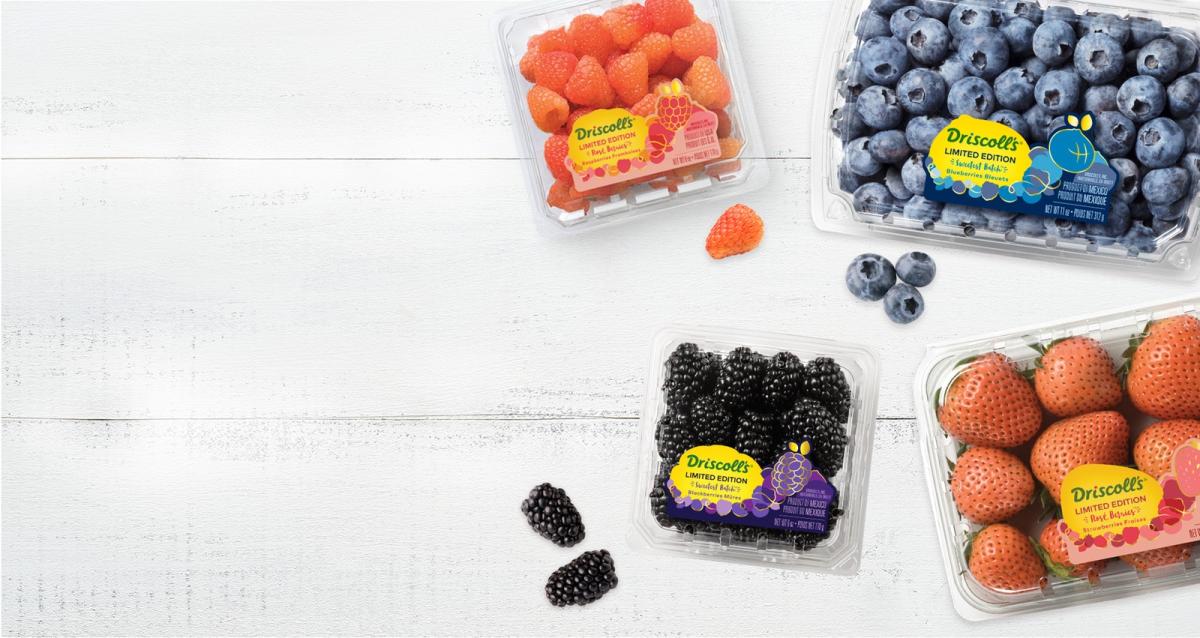Tommaso Pantezzi, head of the fruit-growing unit and berries at the Mach Foundation, which, as a unit of the technology transfer centre, deals with consultancy and experimentation in the field of berries and the cherry tree. On the occasion of the conference Italian Berry DayTommaso Pantezzi described the peculiarities of the above-ground cultivation of the giant American blueberry with reference to the cultivation area of Trentino-Alto Adige, the territorial area of activity of the foundation.
Thespread of blueberry in Trentino-Alto Adige takes place in the "area of berries": the Valsugana, where the most suitable soils exist (in fact, the cultivation of this product originates in the soil). The soil must have: an acid pH (the blueberry plant being an acidophile), no active limestone and good water availability, otherwise the water must be treated by acidifying it.
The most common form of cultivation is the traditional and most natural form: the bush; with this habit it is grown both in the ground and in pots and the planting density used in these environments is about 230-240 plants per 1000m2.

The plant material used for above-ground planting consists of one- or two-year-old plants which are supplied in pots and transplanted in Trentino in spring; although using plants transferred to pots, the transplanting period is quite flexible.
As blueberry is a long-lasting plant (about 15 years), pruning techniques can be used to optimise production: in the first year it is important to remove all the flowers to allow the plant to develop better, while in subsequent years the flowers will no longer be thinned, but pruning will be used to balance the plant.

blueberry is a fairly disease and rain resistant fruit species, but this depends on the varieties we are referring to. Lately, rain covers are being used to limit the development of fungal diseases and 'craking' (which can occur during prolonged and heavy rain).



Usually the cover is combined with insect netting because of the problem we have been experiencing for a few years now: Drosophila suzukii, the main problem of this culture.
Another important practice is to ensure optimalpollination during the flowering period, for which both bees and bumblebees are placed, working in different temperature conditions, alternately or even simultaneously.
For correct pollination it is not necessary to place several varieties. For example, for Draper or Duke (the most common varieties in Trentino), even the presence of only one of them guarantees sufficient pollination.
Harvesting is one of the most important operations, it is scalar and requires several detachments. In general, it lasts about 20 to 30 days, requiring several removals (3 or 4) every 7 to 10 days. Production per 1000m2, (with the densities mentioned above) varies from 1.2 to 2 tonnes with a harvesting yield of 3-5 kg/h.


The choice of substrate is important for soilless growing (there are various commercially available substrates , which are mixtures of acid peat, perlite, coconut fibre and which guarantee that the physical characteristics are maintained for an adequate period of time), which implies the use of fertigation.

Thewater needs to be acidified (with phosphoric, sulphuric or nitric acid) and it is important to have an idea of the salinity of the water, particularly when this is due to bicarbonates which can be limiting to the crop. In order to have good control of fertigation, it is essential to monitor and control the different components involved: the substrate, the fertigation solution at the outlet and the drainage.
Finally, the average cost of setting up an above-ground installation at blueberry (1,000m2), which includes covers (rain and insect-proof), fertirrigation equipment, plants, containers and substrate, is around €10,000.



The total annual running costs, on the other hand, are about 8,700-6,900€.

Download the full presentation (28 slides)









